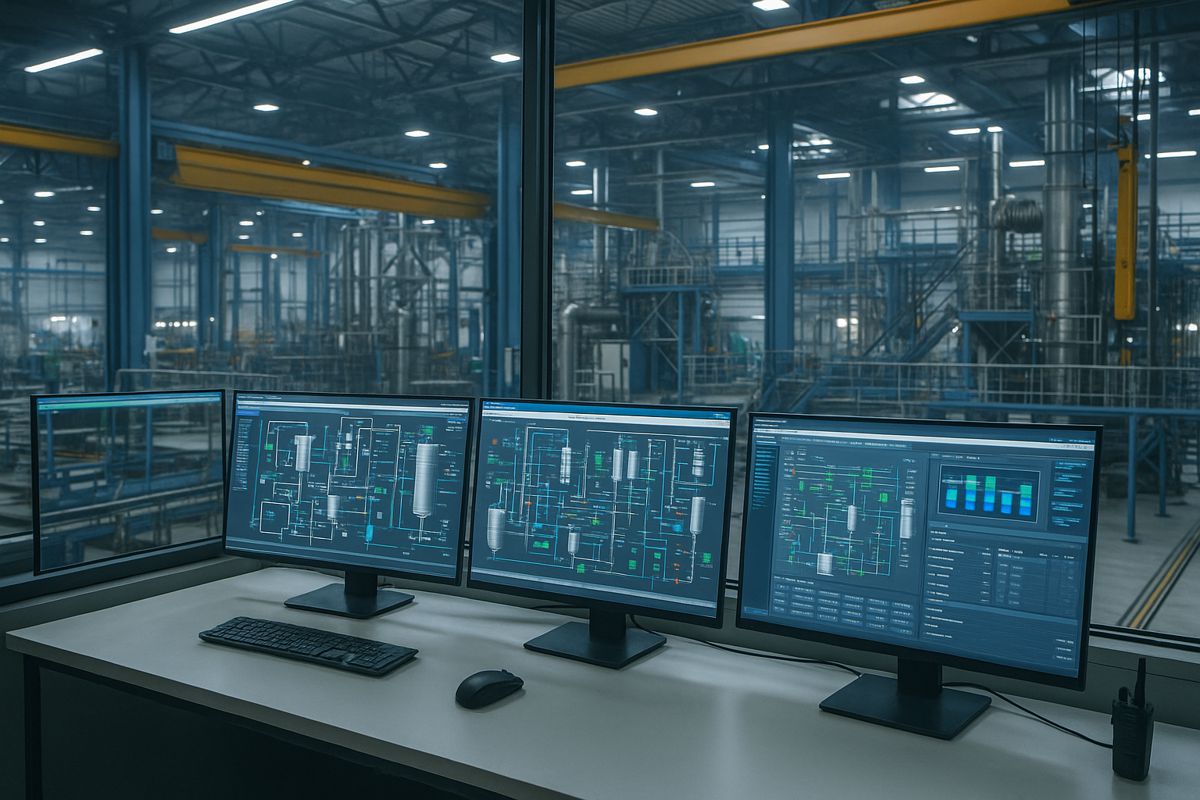Revolutionary All-Optical Switches illuminate path to more efficient Computers
In the constantly evolving realm of computing technology, a recent breakthrough at the Argonne National Laboratory, in collaboration with Purdue University, is illuminating the path towards faster and more efficient computer processors.
This article delves into the intricacies of this innovation, highlighting its potential to revolutionize the industry.
The Dawn of a New Era in Computing
Researchers have developed a bimetallic optical switch, an avant-garde device that not only transmits data but also stores it with remarkable efficiency.
This pioneering technology stems from the need to overcome the plateau in “clock speeds” of conventional processors. Clock speeds, a measure of processing speed, have hit a ceiling due to the limitations of electronic switching.
Bridging Innovations: Argonne National Laboratory’s Breakthrough
Argonne’s research team, including Soham Saha, a Maria Goeppert Mayer postdoctoral fellow at the Argonne Center for Nanoscale Materials, has taken a leap forward in this field.
They have created an all-optical switch using two disparate materials, each possessing unique switching times. Aluminium-doped zinc oxide operates in the picosecond range, while plasmonic titanium nitride functions over a hundred times slower, in the nanosecond range.
The Edge of Optical Over Electronic
Optical components, as opposed to electronic circuits, are devoid of resistive-capacitive delays. Saha explains, “In theory, chips using optical components could operate a thousand times faster than conventional computer chips.” This astounding speed is achievable due to the absence of the delays that typically bog down electronic circuits.
Dual-Functionality: A Paradigm Shift
This bimetallic switch’s unique feature lies in its dual-functionality. “The switch’s bimetallic nature allows it to serve multiple purposes, based on the wavelength of light used,” states Saha. For slower applications, like memory storage, one material is used, while the other is employed for faster applications.
Unveiling the Mechanism
In their experimental setup, the switch materials act as light absorbers or reflectors contingent on the operational wavelength. Activated by a light beam, they transition between states, thus controlling data flow.
Towards a Synthesis of Optical and Electronic Communication
This development is a giant stride towards merging optical and electronic communications, heralding a future of faster and more efficient data transmission.
The ability to tweak switch speeds is vital for optimizing performance across diverse applications, including enhanced fibre optic communication and ultrafast science.
Illuminating the Path Ahead
This research, detailed in the Nature Communications journal, underlines a fundamental understanding of all-optical switches and charts the course for designing sophisticated computing and telecommunication devices.
The research team, comprising experts from Argonne and Purdue University, has received backing from the DOE’s Office of Basic Energy Sciences, the Office of Naval Research, and the Air Force Office of Scientific Research.
The Global Impact
The implications of this research are far-reaching. Industry investors, policymakers, and construction professionals are keenly observing these developments, anticipating a seismic shift in data processing and storage capabilities. The advent of all-optical switching technology marks a pivotal moment in the ongoing quest for faster, more efficient computing solutions.
In conclusion, the ground-breaking work at Argonne National Laboratory is not just a testament to human ingenuity but also a beacon of hope for the future of computing technology. As this technology evolves, it promises to reshape the landscape of data processing and transmission, steering us towards an era of unprecedented computational speed and efficiency.




















